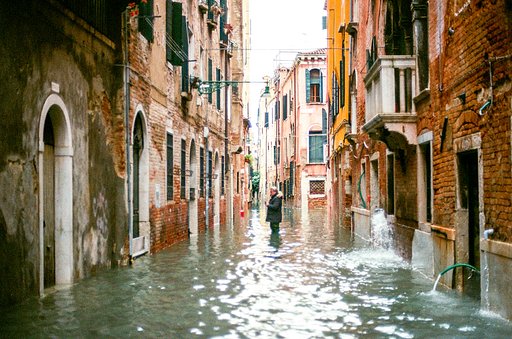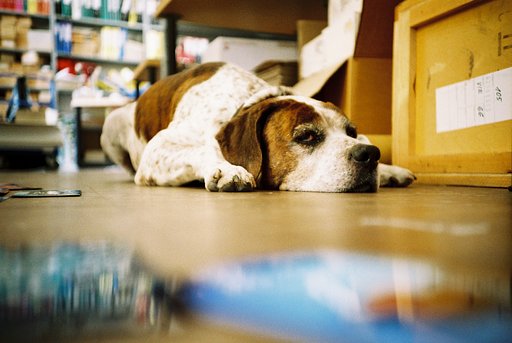Cut 127 Film By Yourself - A Quick Guide
4 12 Share Tweet127 rolls are really hard to get by these days. You can get some at auctions though they’re often not really cheap. So I think the idea of cutting the film by yourself is a good alternative! It’s not so difficult as it seems – have a look after the jump!

What you need:
- A dark room
- A thick sketch board carton in standard DIN-A-2, extended about 5cm
- A good ruler, length 60cm
- Cutter
- 120er film roll – (type as required!!)
- A 127 film spool
- Crepe tape
- Stapler
First of all the carton must be prepared. Everything must be done in complete darkness. But with the aid of a prepared guide, you’ll be able to find out the exact width of the film even without any light. For this I fixed a thin carton strip to measure the film so the distance to the margin is equivalent to the width of the ruler plus the width of the 127 film.
In my case it is 9.7cm. (Width of ruler: 5cm, 127 film: 4.6cm.) The sliced film must not be larger than the film spool, otherwise you won’t be able to wind it. Cutting a little bit afterwards in the dark will be a complete flop!
But I don’t want to scare you too much, my first cutting succeeded! The good news is with the carton, the process is basically done – no unnecessary steps required! With the prepared carton and the above mentioned utensils, you can now go into the dark and cut your 127 film.
After you turn off the light, unroll the 120 film and take 63cm length (accidentally exactly the length of my ruler.) Put the piece on the carton. It is an advantage to clean it before since any dust or dirt will be probably be seen on the scans!

The whole length of the film must line up precisely with the edge of the carton. Don’t worry about this much since it is easy to feel when you’re doing it. After making sure that the film is in place, attach it to the board with crepe type. Put the ruler tight to the guide and cut! FINITO!
Cutting is best done in one smooth stroke so you don’t damage the film. With that said, it’s better to take a long ruler. It isn’t a bad thing to try this before at daylight (close your eyes) with any thick paper, as the paper of a 120 roll. You do this so you can safely cut the film.
Then, of course while you’re still in the dark, the film must be rolled on the 127 spool. There are two ways how to put the film into the spool.
Case 1: You have an empty film spool. The film must be wound with the emulsion part on the inside, fixed with the adhesive strip on the film paper. It is important to place the film parallel to the paper, otherwise it can’t be rolled up. I roll it two times: once into the first direction, then on the spool in the final direction.
Case 2: You don’t have an empty 127 spool. But this is not a problem! It’s easy to get it at a low price and the paper could be made of an old 120 paper by the method above. The width must be 4.7 cm, which is a little bit larger than the film but not bigger than the internal dimension of the 127 spool. The total length is 110cm. Cut a tongue to thread the paper right into the middle.
Mark the position, where the crepe tape fixes the film: 12-17 cm from the beginning of the paper strip. Finally, mark frame numbers with a black Sharpie: if you want 12 pictures (4 × 4) the counting begins at 6.5 cm from the beginning of the film. Note down a new number every 4.6 cm. If only 8 pictures (4 × 6.5cm,) note frame number 1 at 7.5cm from the beginning of the film. Distance between the pictures: 7 cm.
Have fun with your self made 127 film!
P.S.
The nice tipster of erk should be consulted and is a special mention in this tipster. By comparison, of course it’s a lot easier but you can’t avoid the sprockets – and you should also take into consideration that it’s not really 127 film.
escrito por mapix el 2014-01-20 #equipo #tutoriales #film #diy #tutorial #guide #tipster #cut #manual #127 #instruction
























4 Comentarios